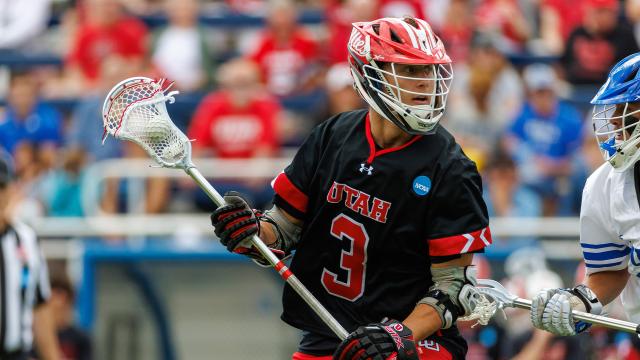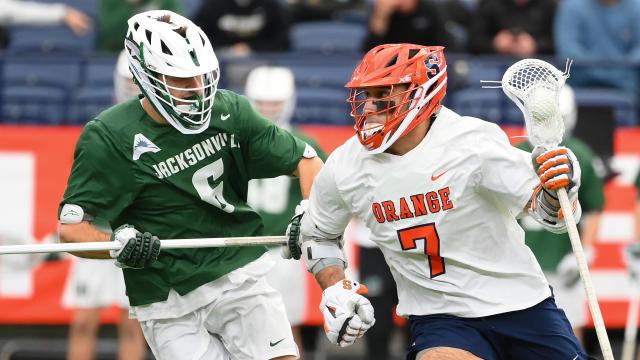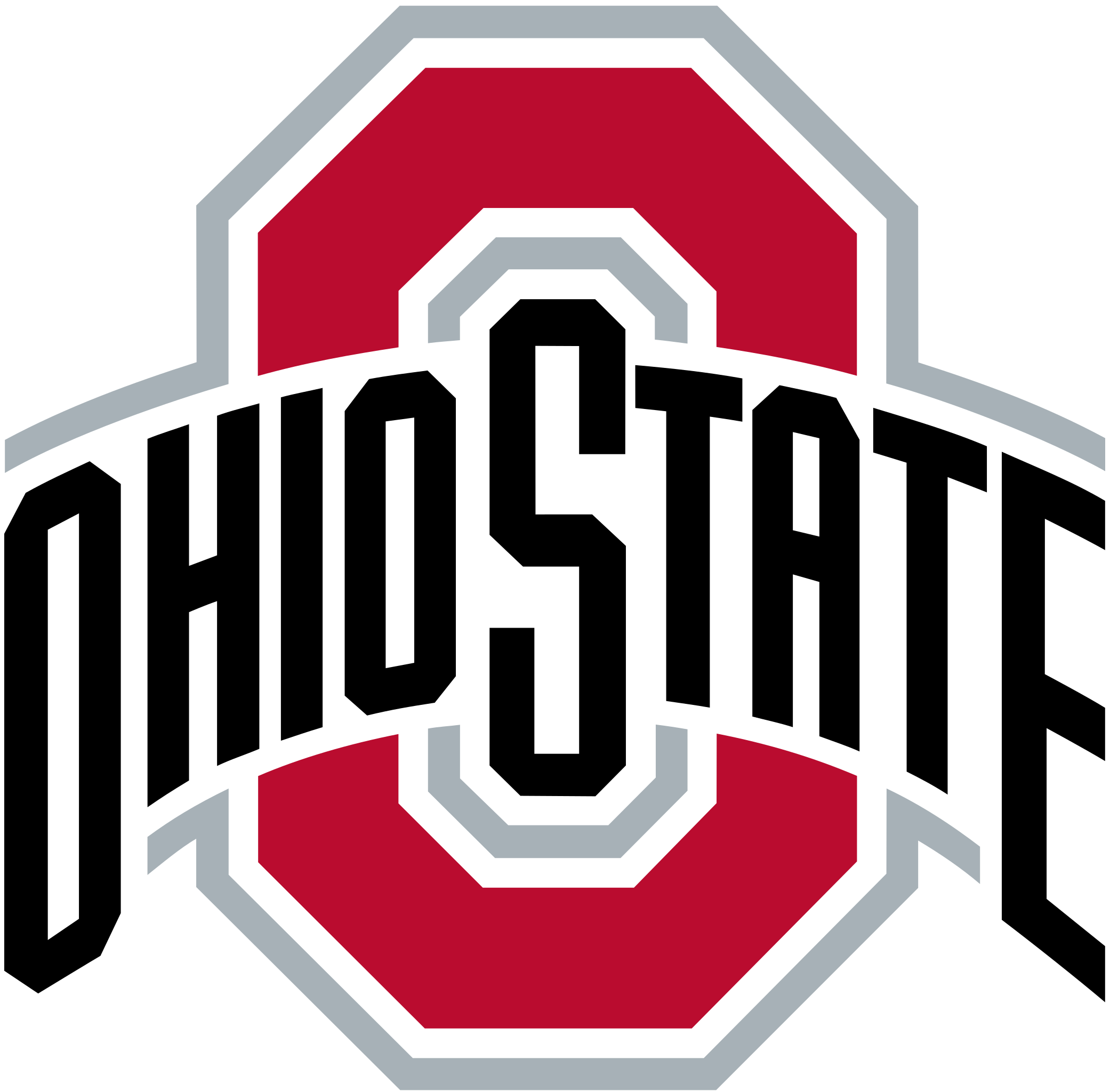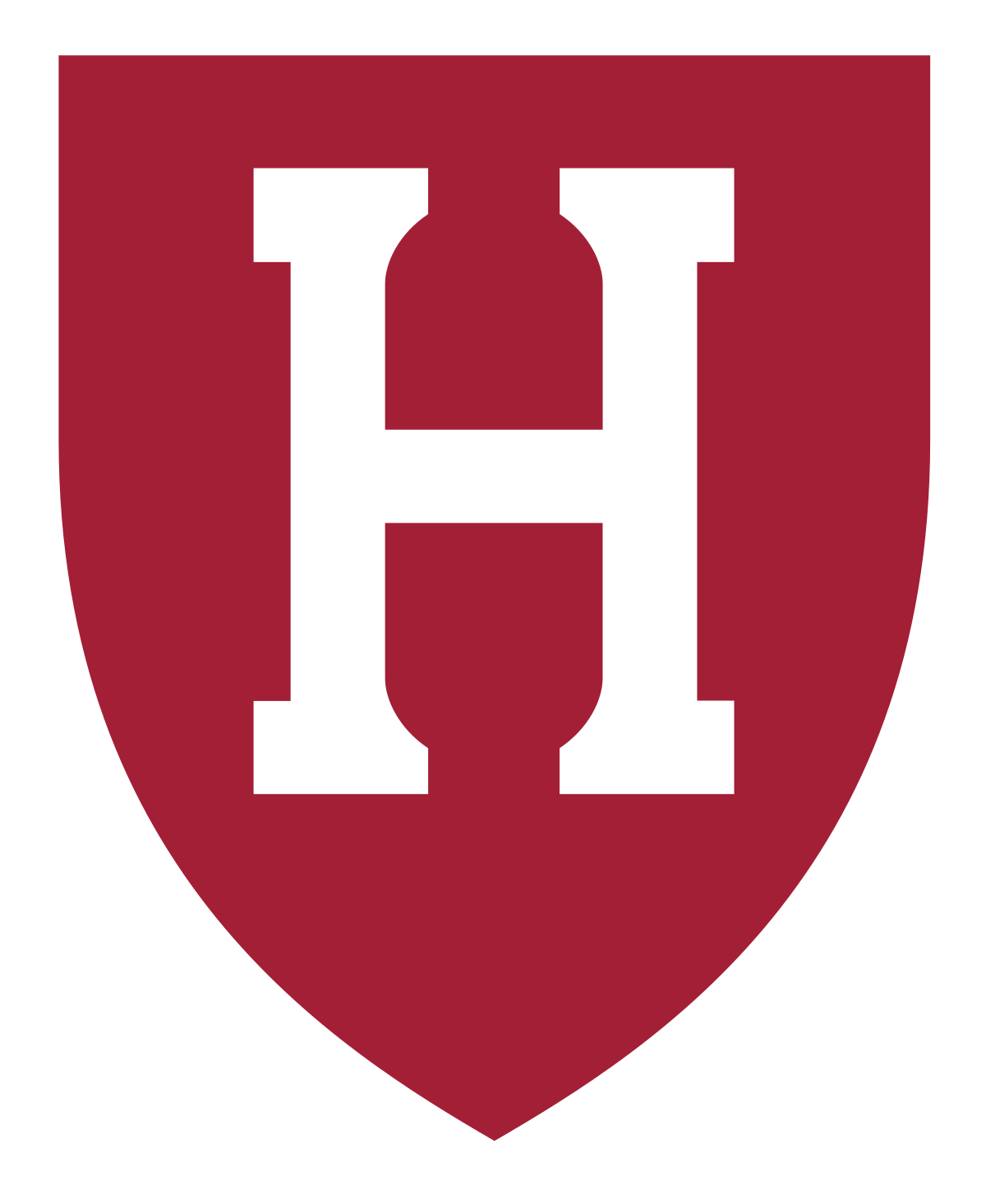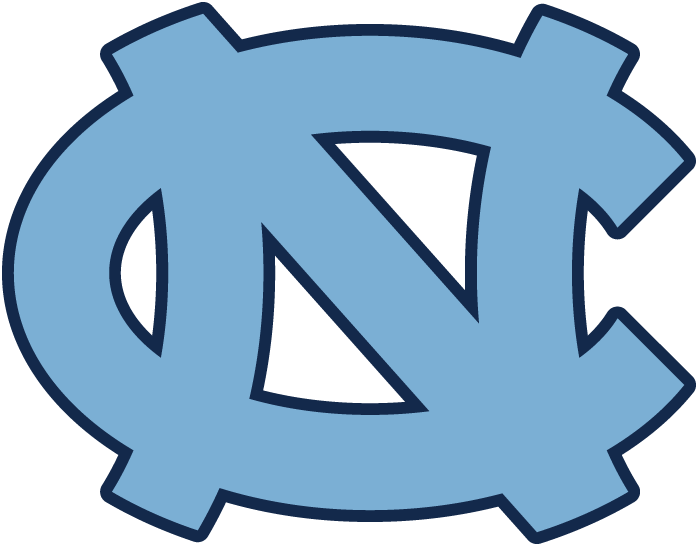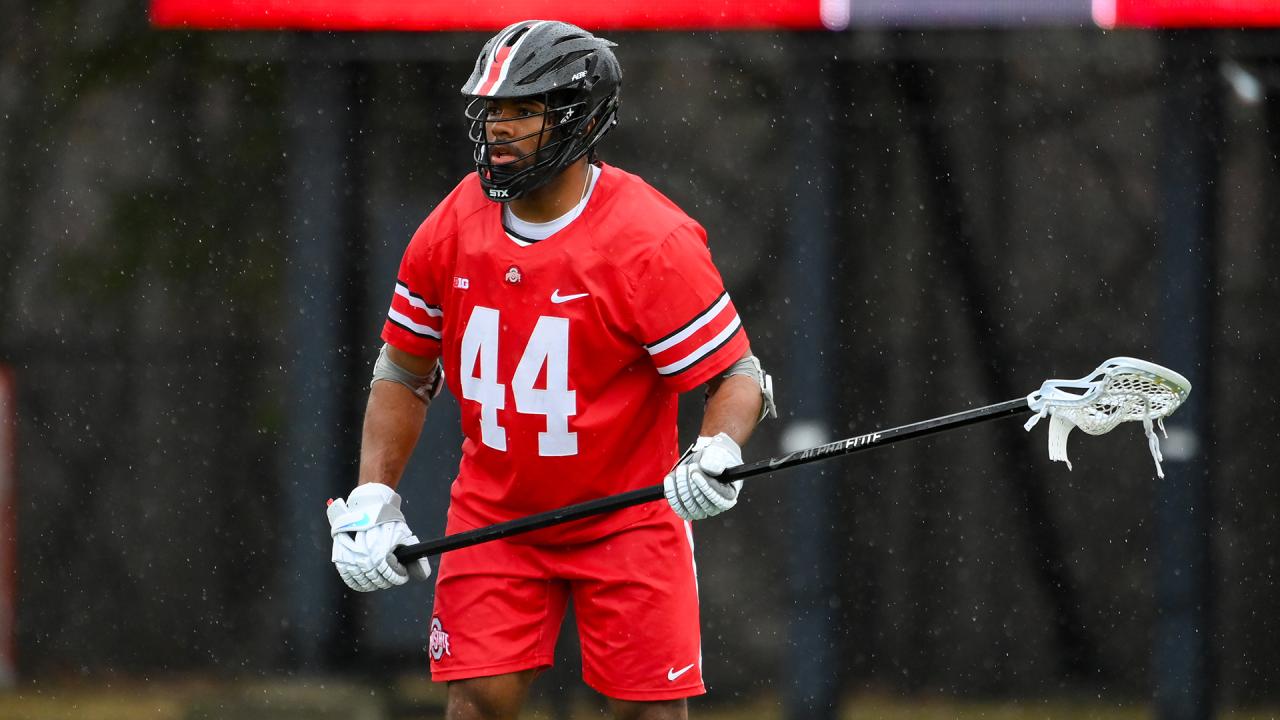

© 2026 USA Lacrosse. All Rights Reserved.

The late summer doldrums call for a lookahead to six months from now, when the 2025 college lacrosse season will begin.
Most transfers have found their landing spots and most coaching vacancies have been filled. And while it’s too early to know exactly every team's makeup — heck, most schools haven’t even posted rosters yet — it’s never too early to project who will be the top contenders.
Up next: Nos. 20-16.
Previous: Nos. 25-21
2024 record: 6-9 (1-4 Big Ten)
Last seen: Following up three consecutive one-goal losses to eventual NCAA tournament teams with a 15-9 loss at Michigan in the Big Ten quarterfinals.
Projected starts lost: 45 of 150 (30 percent)
Projected scoring departing: 43 of 233 points (18.5 percent)
Initial forecast: The Buckeyes deserve credit for their improvement last season, and they have the backbone of a strong back line with sophomore goalie Caleb Fyock (.517 save percentage) back, especially if close defenseman Bobby Van Buren recovers sufficiently from an injury that cost him much of last season.
But a perfectly fair question coming off last season — when Ohio State shot 26.6 percent as a team — is “Can these guys score?” The Buckeyes didn’t manage more than 10 goals in five of their last seven games (six against Big Ten foes, plus one against Denver), and that just isn’t going to cut it against top-shelf competition in the mid-2020s.
If the offense improves, Ohio State could be a sneaky pick to reach the NCAA tournament. And if it doesn’t, next spring will look quite a bit like the last one, when the Buckeyes’ inability to push deep into double figures offset their defense’s miserly ways.
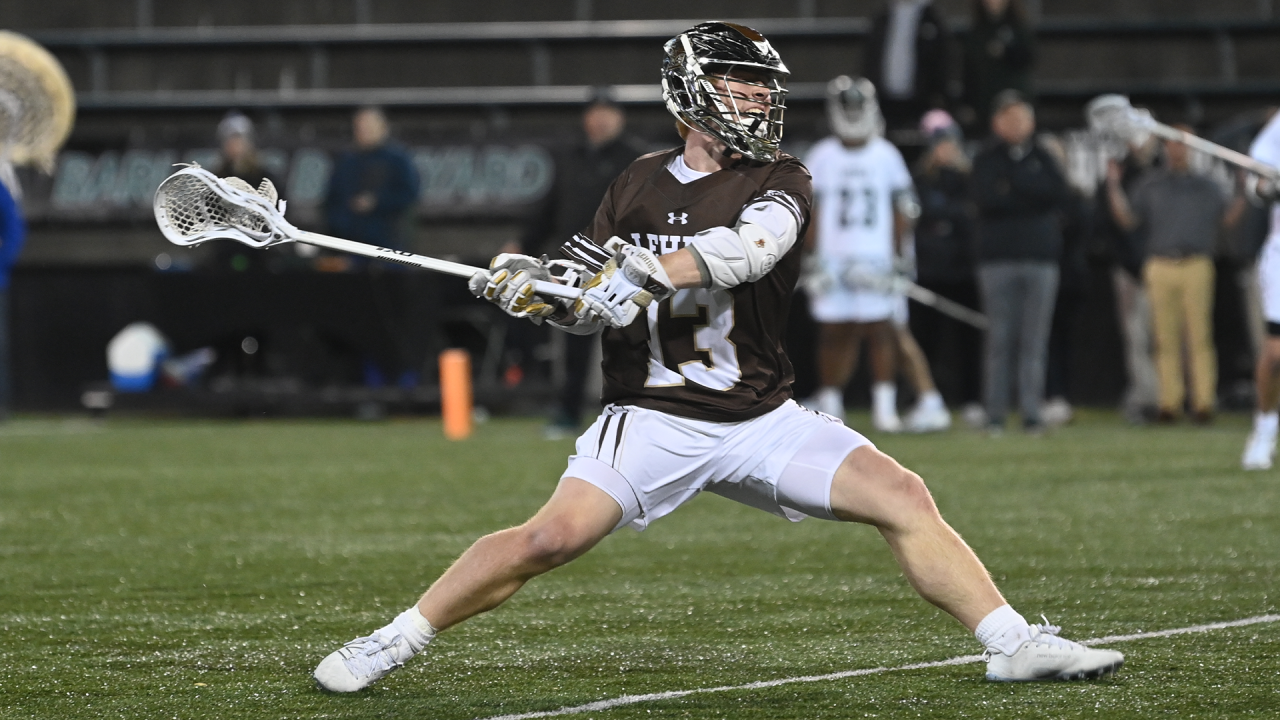
2024 record: 10-7 (6-2 Patriot)
Last seen: Giving Johns Hopkins all it could handle for 55 minutes in the first round of the NCAA tournament, falling 13-10 in its first NCAA tournament appearance in three years.
Projected starts lost: 55 of 170 (32.4 percent)
Projected scoring departing: 107 of 251 points (42.6 percent)
Initial forecast: The Mountain Hawks should once again roll out a strong defense in coach Will Scudder’s second season. Takeaway artist Richard Checo (48 caused turnovers) is only now entering the second half of his career. Goalie Nick Pecora (.512 save percentage) has a fifth year of eligibility thanks to a redshirt season in 2022.
Faceoff man Sean Dow (.567) was plenty capable in his first extended college action and is a major asset heading into his senior year. The big question here is where the offense comes from, especially with Scott Cole (41 goals, 8 assists) and Quinn Armstrong (34 G, 8 A) graduating.
Some options are established already — Andrew Kelly (27 G, 16 A) and Grant Rodny (20 G, 7 A) will be juniors, while Dakota Eierman (18 G, 6 A) heads into his senior year. Lehigh opted for efficiency (23rd nationally at 30.6 percent shooting) over explosiveness (50th in Division I at 10.71 goals a game), and with much of its defense back, it is plausible the Mountain Hawks take a similar approach while chasing a second consecutive Patriot League title.

2024 record: 8-5 (2-4 Ivy League)
Last seen: Never trailing in a 11-10 defeat of Brown to close out the regular season. Sam King capped his monster junior season with two goals and two assists for the Crimson, which matched its most victories in a season since going 10-7 and sharing the Ivy League regular season title in 2014.
Projected starts lost: 44 of 130 (33.8 percent)
Projected scoring departing: 42 of 281 points (14.9 percent)
Initial forecast: Just like this past season — when Harvard shot 33.3 percent, seventh in Division I — the offense should be potent. King (38 goals, 35 assists) is the central figure, and he is already sixth in school history in points (175) and ninth in assists (81). Teddy Malone (28 G, 11 A) is back, as are Logan Ip (20 G, 8 A) and Miles Botkiss (12 G, 13 A). In fact, 11 of Harvard’s top 12 in points are in line to return (Duke-bound grad transfer Graham Blake is the exception).
Dig beyond the numbers, though, and there are some roles to fill. The Crimson must replace ace long pole Greg Campisi (who will play his grad year at Notre Dame), as well as goalie Christian Barnard (.507 save percentage), second-team All-Ivy defenseman Collin Bergstrom and top short stick Andrew O’Berry. The combination of needing to improve on defense and losing arguably the program’s best players at that end of the field to graduation suggests a fall priority will be finding answers for that unit.
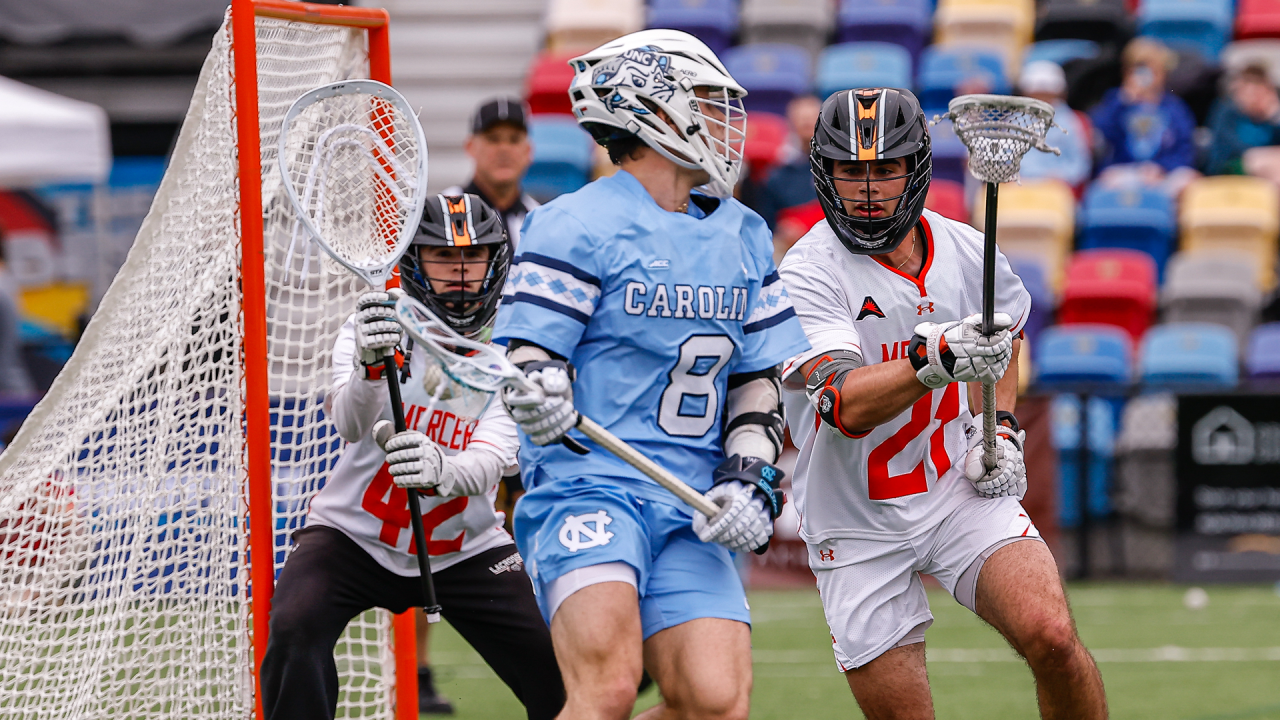
2024 record: 7-7 (1-3 Atlantic Coast)
Last seen: Rolling Duke 15-12 on April 27 in the regular-season finale to snap a five-game losing streak, though it wasn’t enough to secure a place in the ACC tournament.
Projected starts lost: 60 of 140 (42.9 percent)
Projected scoring departing: 90 of 279 points (32.3 percent)
Initial forecast: Owen Duffy (32 goals, 22 assists) and Dominic Pietramala (32 G, 11 A) showed plenty of promise in the collegiate debut seasons, and along with defenseman Peter Thomann and faceoff ace Brady Wambach (.611), they provide more than a flicker of hope for a program that’s been right around .500 the last three seasons.
The addition of Princeton graduate transfer Michael Gianforcaro provides a strong solution to replacing four-year starter Collin Krieg in the cage. But to put things bluntly, North Carolina needs to generate steady production from its first midfield to even flirt with being a top-10 team, and that hasn’t happened since it rolled out a bunch of fifth-year stalwarts on the way to the NCAA semifinals in 2021.
The good news? Spencer Wirtheim (15 G, 13 A at Cornell) arrives as a grad transfer and should help. Nick Dupuis (16 G, 50 A at Stony Brook) should fit in somewhere as well.
In a best-case scenario, the Tar Heels are on a similar track as Syracuse, which played a lot of freshmen in 2023 on a team that won just one league game and then became an NCAA quarterfinalist. Worst case? It’s more of the same for a program with a 3-13 ACC record over the last three years and Carolina acquits itself well in non-conference play before struggling for much of April.
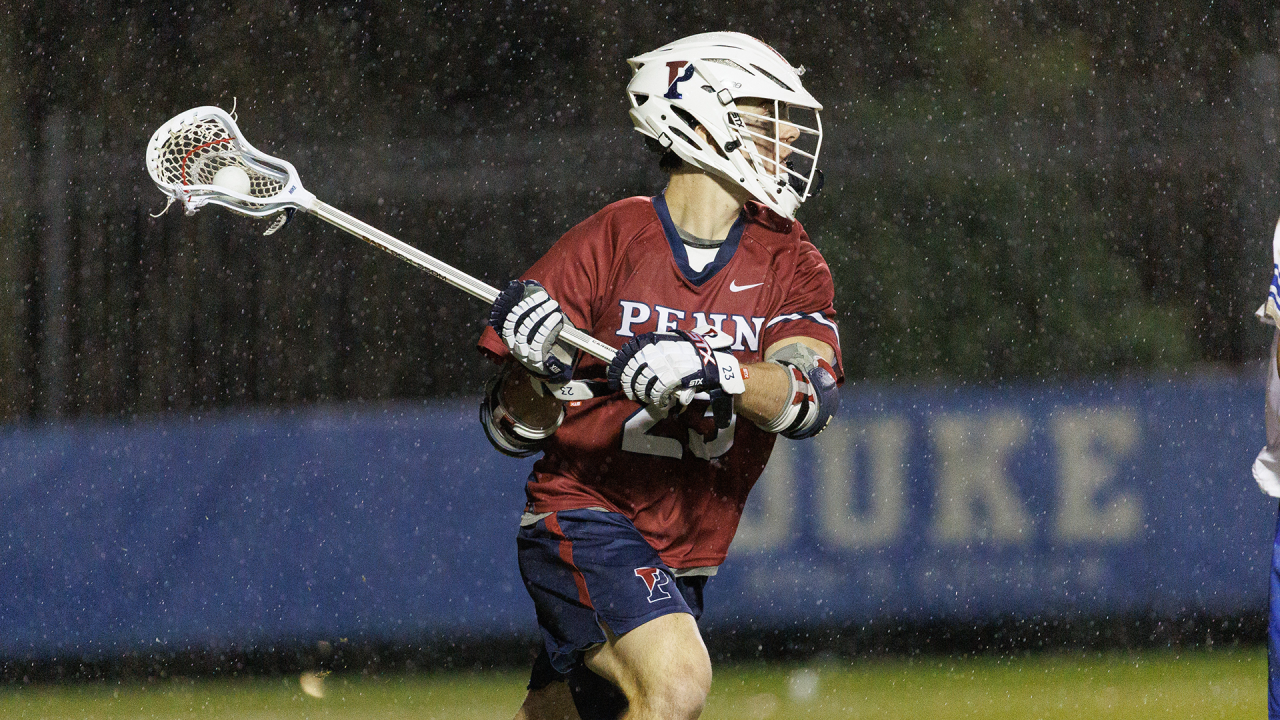
2024 record: 9-6 (4-2 Ivy)
Last seen: Facing a barrage from Princeton in an 18-11 loss in the Ivy League title game. The Quakers had 31 shots total; the Tigers had 38 shots on goal.
Projected starts lost: 74 of 150 (49.3 percent)
Projected scoring departing: 80 of 262 points (30.5 percent)
Initial forecast: The Quakers had one of the nation’s best defensemen (Brendan Lavelle) and one of Division I’s top goalies (Emmet Carroll) last season. Both were seniors, which means Penn will need to develop a new shutdown pole and replace a guy who was credited with all but 131 seconds between the pipes last season.
Mike Murphy’s team had its moments on offense last year, and it will lean on Tynan Walsh (23 goals, 22 assists), Ben Smith (28 G, 9 A), Griffin Scane (16 G, 10 A) and Luke DiNola (15 G, 9 A) to take further steps. The addition of Chris Patterson, who had 26 goals and six assists as a freshman at Hobart, should bolster the attack. Improved faceoff play would raise the Quakers’ ceiling as well.
It feels like it could be an especially vital fall in Philadelphia, though this is Penn we’re talking about. Year in and year out, the Quakers find a way to collect at least one high-end non-conference victory and (at minimum) remain in the NCAA tournament conversation until the final week or so of the regular season. This group will probably do the same, though after just missing the postseason the last two years, placing Penn in the mid-teens seems like a reasonable initial treatment even if there is plenty to sort out.
Patrick Stevens has covered college sports for 25 years. His work also appears in The Washington Post, Blue Ribbon College Basketball Yearbook and other outlets. He's provided coverage of Division I men's lacrosse to USA Lacrosse Magazine since 2010.

